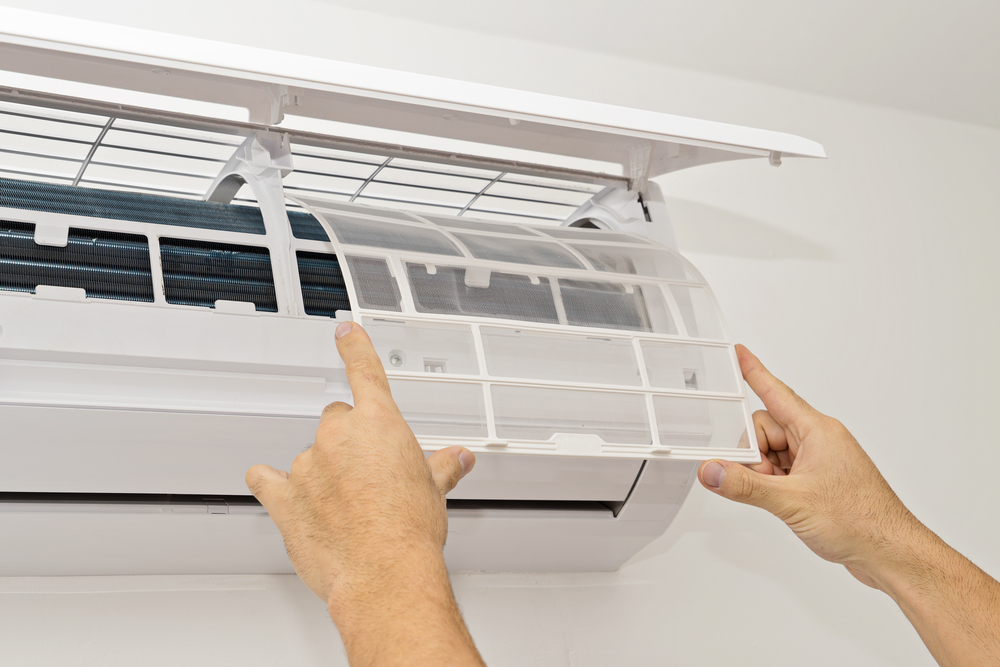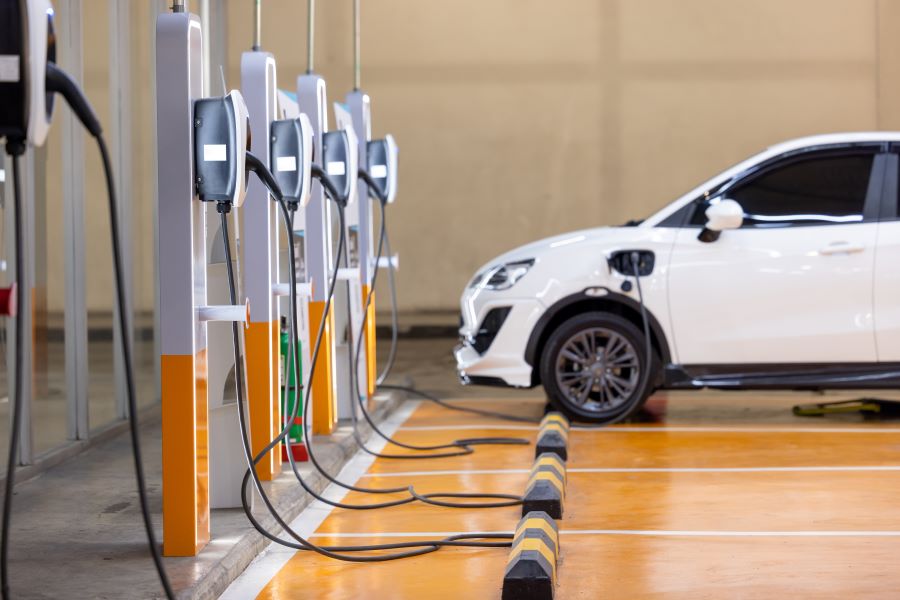Understanding HVAC Systems: A Complete Guide for Homeowners
Heating, ventilation, and air conditioning systems play a crucial role in maintaining comfort and air quality in residential and commercial spaces. Whether you're considering a new installation, upgrading an existing system, or simply want to understand how these systems work, knowing the basics can help you make informed decisions. This guide explores different types of systems, efficiency considerations, and what to look for when selecting the right solution for your space.

Modern climate control has become an essential part of comfortable living and working environments. These systems regulate temperature, humidity, and air quality throughout buildings, ensuring optimal conditions year-round. As technology advances, homeowners and businesses have access to increasingly sophisticated options that balance performance with energy conservation.
What Are HVAC Air Conditioning Systems?
HVAC air conditioning refers to the cooling component of a complete climate control system. These units remove heat and moisture from indoor air, creating a comfortable environment during warmer months. Central air conditioning systems typically consist of an outdoor condenser unit, an indoor evaporator coil, ductwork, and a thermostat. The refrigerant cycles through these components, absorbing heat from inside and releasing it outdoors. Split systems, ductless mini-splits, and packaged units represent common configurations, each suited to different building layouts and cooling needs. Proper sizing and installation ensure efficient operation and consistent temperature control throughout the space.
How Do Industrial HVAC Systems Differ?
Industrial HVAC systems serve large commercial facilities, manufacturing plants, warehouses, and other expansive spaces requiring specialized climate control. These systems handle significantly greater air volumes and must account for unique challenges such as heat generated by machinery, high ceilings, and specific humidity requirements. Industrial units often incorporate advanced filtration, ventilation controls, and zoning capabilities to maintain different conditions in various areas. Rooftop units, chillers, boilers, and custom air handling systems form the backbone of industrial climate control. These installations require professional design and regular maintenance to ensure reliability and efficiency in demanding operational environments.
Why Choose Energy Efficient HVAC Solutions?
Energy efficient HVAC systems reduce utility costs while minimizing environmental impact. Modern units feature higher Seasonal Energy Efficiency Ratio (SEER) ratings for cooling and Annual Fuel Utilization Efficiency (AFUE) ratings for heating, indicating superior performance compared to older models. Variable-speed compressors, programmable thermostats, and smart controls optimize energy use by adjusting output based on actual demand rather than running at full capacity constantly. Proper insulation, sealed ductwork, and regular maintenance further enhance efficiency. While energy-efficient systems typically carry higher upfront costs, the long-term savings on utility bills and potential tax credits or rebates often offset the initial investment within several years.
Selecting the Right Air Conditioning Units
Air conditioning units come in various configurations to suit different needs and budgets. Window units provide affordable cooling for individual rooms, while portable models offer flexibility for temporary or supplemental use. Central air conditioning systems deliver whole-home comfort through ductwork, maintaining consistent temperatures throughout multiple rooms. Ductless mini-split systems offer efficient zoned cooling without requiring extensive duct installation, making them ideal for additions or homes without existing ductwork. Heat pumps provide both heating and cooling capabilities, transferring heat rather than generating it, which can be particularly efficient in moderate climates. Capacity, measured in British Thermal Units (BTU) or tons, should match the space being cooled to ensure optimal performance and efficiency.
Choosing an HVAC System for Home Use
Selecting an HVAC system for home installation involves evaluating several factors including climate, home size, existing infrastructure, and budget. A professional load calculation determines the appropriate system capacity based on square footage, insulation levels, window placement, and local climate conditions. Homeowners should consider both heating and cooling needs, as integrated systems often provide better efficiency and convenience than separate units. Ductwork condition affects system performance, and homes without ducts may benefit from ductless options or require duct installation. Energy efficiency ratings, warranty coverage, and the reputation of manufacturers and installers all influence long-term satisfaction and operational costs.
Understanding HVAC System Costs and Options
When planning for climate control installation or replacement, understanding typical costs helps with budgeting and decision-making. Prices vary based on system type, capacity, efficiency ratings, and installation complexity. The following comparison provides general cost estimates for common residential systems:
| System Type | Typical Capacity | Cost Estimation |
|---|---|---|
| Window AC Unit | 5,000-12,000 BTU | $150-$700 |
| Portable AC Unit | 8,000-14,000 BTU | $300-$800 |
| Ductless Mini-Split | 12,000-36,000 BTU | $2,000-$7,000 |
| Central Air System | 2-5 Tons | $3,500-$7,500 |
| Heat Pump System | 2-5 Tons | $4,000-$8,000 |
| Complete HVAC System | Whole Home | $5,000-$12,000+ |
Prices, rates, or cost estimates mentioned in this article are based on the latest available information but may change over time. Independent research is advised before making financial decisions.
Installation costs typically add $1,000 to $5,000 depending on system complexity, ductwork requirements, and regional labor rates. High-efficiency models command premium prices but deliver greater long-term savings. Maintenance contracts, typically ranging from $150 to $500 annually, help preserve system performance and prevent costly repairs.
Maintenance and Longevity Considerations
Regular maintenance extends system lifespan and maintains efficiency. Homeowners should replace or clean air filters monthly during peak usage seasons, as clogged filters restrict airflow and force systems to work harder. Annual professional inspections identify potential issues before they become major problems, checking refrigerant levels, electrical connections, and component wear. Outdoor units require periodic cleaning to remove debris, leaves, and dirt that impede airflow. Properly maintained systems typically last 15 to 20 years for central air conditioning, 10 to 15 years for heat pumps, and 20 to 30 years for furnaces. Neglected systems experience reduced efficiency, higher operating costs, and premature failure.
Investing in quality climate control systems and maintaining them properly ensures comfortable indoor environments while managing energy costs effectively. Understanding the options available, from basic window units to sophisticated whole-home systems, empowers homeowners to make choices aligned with their needs and budgets. As technology continues advancing, newer systems offer improved efficiency, quieter operation, and enhanced control features that make climate management more convenient and cost-effective than ever before.




